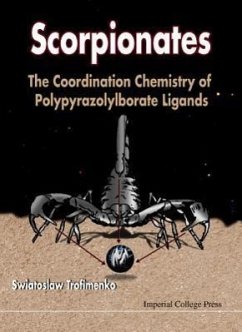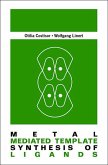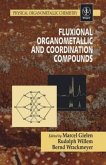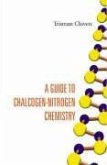This book deals with polypyrazolylborates (scorpionates), a class of ligands known since 1966 but becoming rapidly popular with inorganic, organometallic and coordination chemists since 1986, because of their versatility and user-friendliness. They can be readily modified sterically and electronically through appropriate substitution on the pyrazole ring and on boron, and have led to a number of firsts in coordination chemistry (first stable CuCO complex, first monomeric MgR complex, and many other such firsts). Their denticity can range from two to four, their "Bite" can be adjusted, and additional coordinating sites can be added to the pyrazolyl rings. Over 120 different scorpionate ligands are known today, and some, are published for the first time in this book.








